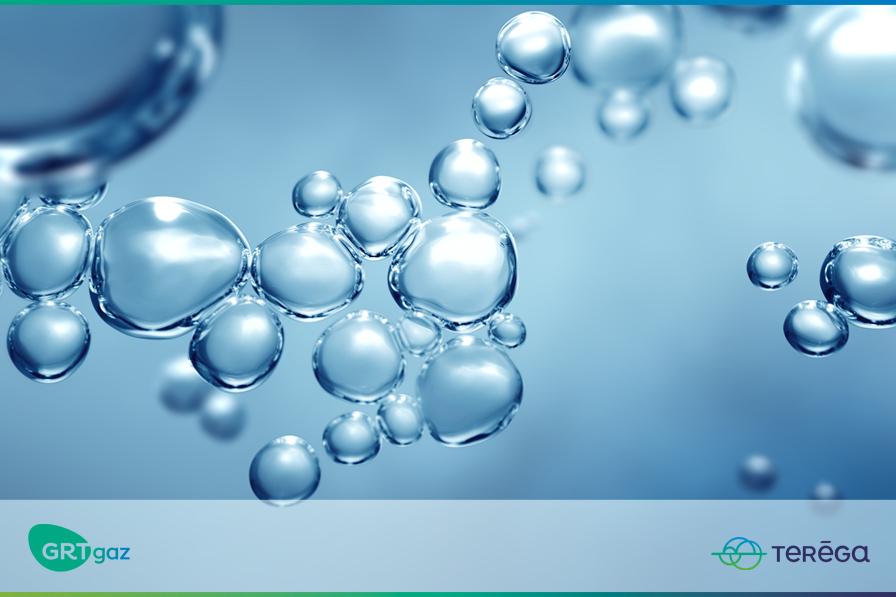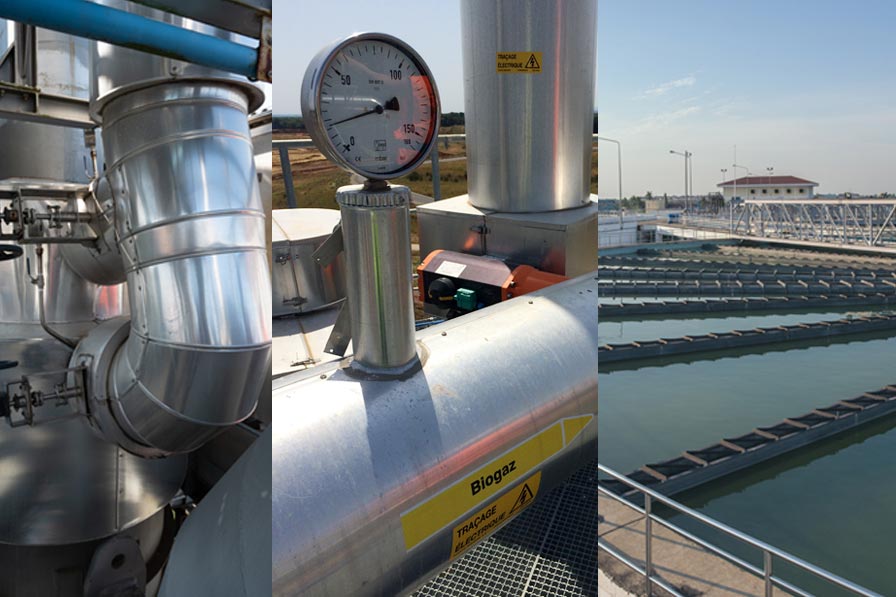Hydrogen Consultation

On 1st June 2021, Teréga and GRTgaz launched a consultation of actors in the low-carbon and renewable hydrogen market on a national scale. GRTgaz and Teréga are now publishing the first findings to come out of that consultation. In the next stage, early in 2022, they will publish the broad outlines of their shared vision of the future low-carbon and renewable H2 market.
GRTgaz and Teréga received more than 130 responses to the consultation questionnaire. In addition, actors in the hydrogen market requested nearly 60 two-way exchanges to go further into the details of their vision for the development of a hydrogen market, their H2 transport and decarbonisation needs, and their expectations of gas transporters.
Who took part in this consultation?
- Those industries who are big energy consumers and CO2 emitters responded in large numbers. They accounted for nearly 50% of responses to the questionnaire.
- Energy shippers, suppliers, traders, producers and storage operators made up 23% of respondents.
- Local authorities (regional, inter-commune cooperation establishments etc.) made up 11% of respondents.
What are the first findings to come out of this consultation?
-
The consultation allowed us to identify nearly 90 potential production and/or consumption sites across the whole French national territory.
-
For actors in the market, financial competitiveness is the key factor for success in developing H2 as an energy carrier. That competitiveness is the main criterion for industry when deciding to decarbonise by turning to this energy carrier. An important element is the cost of producing H2, but transport costs and the price of CO2 quotas also play their part.
-
Consumers are particularly focussed on the security and diversity of supply.
-
Actors clearly foresee a staged development of the market: the roll-out of H2 as an energy carrier starting with local ecosystems, then hydrogen valleys, linking local ecosystems via a regional pipeline transport system, leading eventually to the structuring of a pan-European interconnected pipeline transport grid, incorporating storage infrastructures.
-
The market’s response broadly confirms the geographical production and/or consumption areas as originally identified in the European Hydrogen Backbone report (see map below).

- Industry also has a high level of interest in the CO2 market. Nearly 50% of industrial actors see the capture, storage and/or repurposing of CO2 as a solution for decarbonising their businesses, and are pushing for a CO2 market consultation, for coordinated planning of dedicated infrastructure.
What are the next stages?
To look further into the problems of CO2 raised by respondents in the consultation, GRTgaz plans to hold the first regional workshops on the theme of CO2 - H2 complementarities in November 2021. That process will be rolled out to other regions by GRTgaz and Teréga in 2022.
Based on the in-depth analysis of responses to the consultation, the findings drawn from the regional workshops and two-way exchanges with actors in the hydrogen market, early in 2022, GRTgaz and Teréga will present a consolidated joint vision of the future low-carbon and renewable H2 market.

